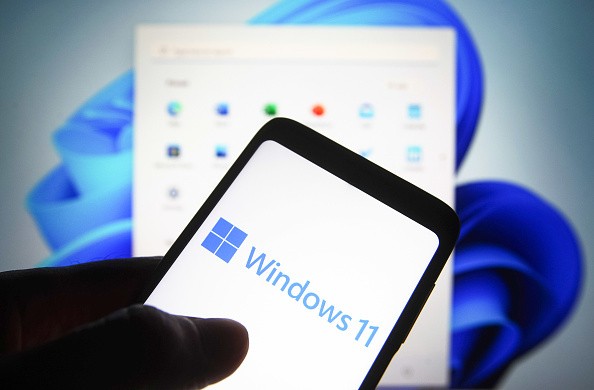Windows 11 adoption rates have slowed down a bit after growing early on in the year, as well as late last year shortly after its launch.

According to Digital Trends, the percentage of Windows 10 users who installed the 21H2 update went up to 21%, while the percentage of Windows 11 users dropped to 20% last February. The data comes from the firm AdDuplex, who sampled a total of 60,000 PCs running either Windows 10 or 11.
This drop in Windows 11 adoption is a contrast to January, where usage of Microsoft's new OS increased to 19.3% from 16.1%. In total, Windows 10 adoption (with the 21H1 update) is still the leader at 27% across the North America, Western Europe, and Asia Pacific regions, while Windows 11 remains lagging at 19.3% despite being billed as the "better" version ahead of its release.
It is safe to say that Windows 11 isn't even near the halfway point of its life cycle, so these numbers can still go up. However, it's also not likely the kind of numbers Microsoft is hoping for, considering how adoption of the OS grew since launch.
January 2022 was home to a major milestone for the new OS, for instance. In a report by Windows Central dated January 26th, it was revealed that people are adopting Windows 11 two times faster than Windows 10, specifically the adoption of the OS via a free Windows 10 upgrade.
This was a continuation of the growth that the OS experienced dating to last year. However, it seems to be that only private entities are upgrading right now, as most companies have been increasingly holding off on it.
ComputerWorld reports that a lot of enterprises have committed to waiting until 2023 at the very least before they broadly adopt Windows 11, mostly citing a reason a lot of people already know: the steep system requirements.
Why Is Windows 11's Adoption Rate Slowing Down?
It is no secret that Windows 11 had a relatively controversial launch. This is due to just how steep the system requirements have been overall, aside from a few problems that are keeping the OS walled off even to those who want it.

By now, you should know that Windows 11, for an operating system, is quite demanding on hardware-far more demanding than its predecessor ever was. One of the biggest moot points is its TPM 2.0 requirement, which restricts access to the OS to those whose hardware is quite new (newer hardware has this feature turned on by default).
In short, if your PC is older than, say, seven years, you cannot upgrade to the new OS. But that's not even the worst part, as per users.
When Microsoft unveiled Windows 11, one of the biggest features was the native integration of Android apps. This means that you don't have to use software like BlueStacks anymore. But if you want to run native Android apps on your desktop, you cannot have a CPU older than AMD's Ryzen 2000 series (released in 2018), or Intel's 8th generation CPUs (released in 2017).
Furthermore, the feature also recommends 16GB of RAM, when most people likely only have 8GB or even less.
Only time will tell if Microsoft will relax the system requirements, but this is the challenge that Windows 11's user adoption rate faces as of the moment.
This article is owned by Tech Times
Written by RJ Pierce
ⓒ 2025 TECHTIMES.com All rights reserved. Do not reproduce without permission.




